Spray In Pintle Ejector CFD Simulation, ANSYS Fluent Training
Spray In Pintle Ejector CFD Simulation, ANSYS Fluent Training
- Upon ordering this product, you will be provided with a geometry file, a mesh file, and an in-depth Training Video that offers a step-by-step training on the simulation process.
- For any more inquiries regarding the product, please do not hesitate to reach out to us at info@CFDLAND.com or through our online support assistant.
€115.00 Original price was: €115.00.€90.00Current price is: €90.00.
Pintle injectors help rockets and spray machines work better by creating perfect tiny droplets of liquid! First of all, these special nozzles have a movable needle in the middle that controls how much fluid comes out and in what pattern. Additionally, spray atomization happens when fast-moving air breaks up the liquid into a fine mist, which is super important for engines to burn fuel properly. Most importantly, rocket engines use this technology because it mixes fuel and oxygen perfectly for powerful, steady burning. Furthermore, the spray pattern can be adjusted easily by moving the pintle in or out, making these injectors very flexible for different jobs. The way liquid propellants break into tiny drops affects how well engines perform and how clean they burn!. For the present simulation, two reference papers are considered, titled “ Design Procedure of a Movable Pintle Injector for Liquid Rocket Engines” & “ LAGRANGIAN APPROACH TO AXISYMMETRIC SPRAY SIMULATION OF PINTLE INJECTOR FOR LIQUID ROCKET ENGINES”.
- Reference [1]: Son, Min, et al. “Design procedure of a movable pintle injector for liquid rocket engines.” Journal of Propulsion and Power4 (2017): 858-869.
- Reference [2]: Radhakrishnan, Kanmaniraja, et al. “Lagrangian approach to axisymmetric spray simulation of pintle injector for liquid rocket engines.” Atomization and Sprays5 (2018).
Figure 1: Gas-liquid injection in pintle ejectors, adopted from reference paper
Simulation Process
The pintle ejector model starts with a special 2D drawing that saves computer power while still showing how the spray pattern forms! First of all, we used Design Modeler to create the shape with special blocks that help make a perfect grid for accurate calculations. Additionally, we chose the Volume of Fluid (VOF) method to track both air and liquid as they mix and interact in the nozzle. Most importantly, our CFD simulation uses the Eulerian-Eulerian approach which is different from the paper but gives excellent results for understanding spray formation. Furthermore, we carefully designed the model with a 0.8mm gas gap because this small space is super important for breaking up the liquid into tiny droplets. The 2D axisymmetric design perfectly captures how the liquid atomization happens while using only half the computer power!
Figure 2: Pintle ejector 2D axisymmetric domain design based on reference paper
Post-processing
The pintle injector creates tiny droplets that spray out in a beautiful fan shape! First of all, we can see that the liquid breaks into smaller and smaller pieces as it moves away from the nozzle opening. Additionally, the spray pattern forms a perfect cone shape with an angle of about 30 degrees on each side, showing excellent spray atomization. Most importantly, the liquid volume fraction drops from 1.0 (pure liquid) to less than 0.1 (mostly air) in just a short distance, proving the injector works super efficiently! Furthermore, the tiny droplets form at specific distances from the nozzle, which matches exactly what rocket scientists want to see. The way the liquid propellant breaks apart into tiny drops helps it mix perfectly with oxygen in real rocket engines.
Figure 3: Volume fraction distribution showing liquid atomization in pintle ejector with complete breakup
The atomization process happens because the fast-moving air tears the liquid into smaller and smaller pieces, just like wind breaking waves at the beach! First of all, the central part of the spray pattern stays together longer before breaking up, while the edges break into droplets almost right away. Additionally, we can see that the liquid forms a thin sheet that gets thinner and thinner until it breaks into separate drops. Most importantly, the simulation captured multiple stages of droplet formation, from the initial sheet breaking, to ligament forming, to final tiny droplets. Furthermore, these droplets range in size from approximately 0.2mm down to microscopic levels, creating the perfect mix for efficient burning in engines. The spray simulation perfectly matches what happens in real propulsion systems, giving engineers valuable information to design better rocket parts!
We pride ourselves on presenting unique products at CFDLAND. We stand out for our scientific rigor and validity. Our products are not based on guesswork or theoretical assumptions like many others. Instead, most of our products are validated using experimental or numerical data from valued scientific journals. Even if direct validation isn’t possible, we build our models and assumptions on the latest research, typically using reference articles to approximate reality.
Yes, we’ll be here . If you have trouble loading files, having technical problems, or have any questions about how to use our products, our technical support team is here to help.
You can load geometry and mesh files, as well as case and data files, using any version of ANSYS Fluent.
€140.00 Original price was: €140.00.€105.00Current price is: €105.00.

€190.00 Original price was: €190.00.€165.00Current price is: €165.00.

€175.00 Original price was: €175.00.€125.00Current price is: €125.00.

€195.00 Original price was: €195.00.€150.00Current price is: €150.00.

€245.00 Original price was: €245.00.€199.00Current price is: €199.00.









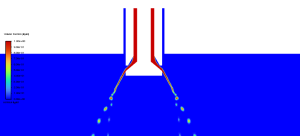





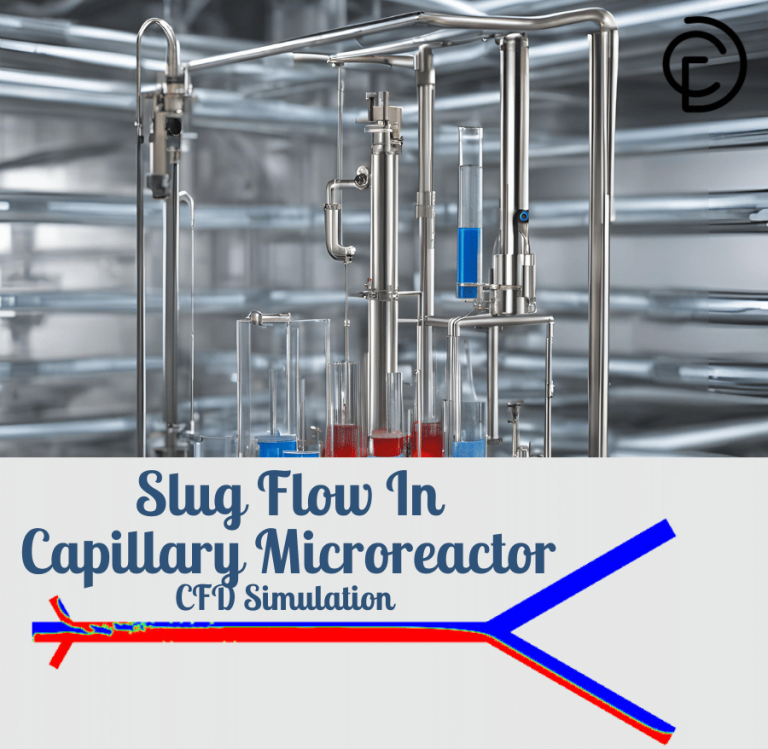
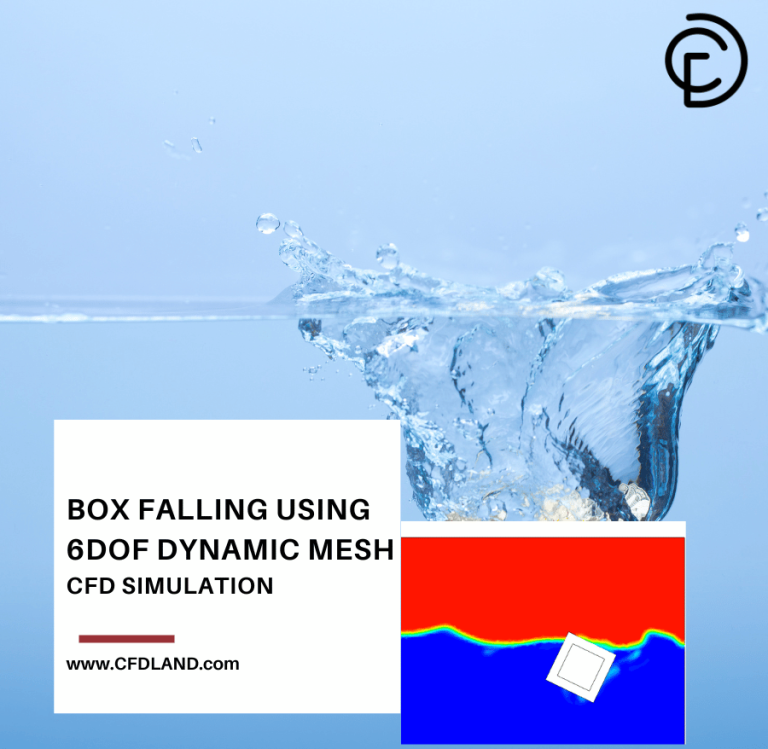

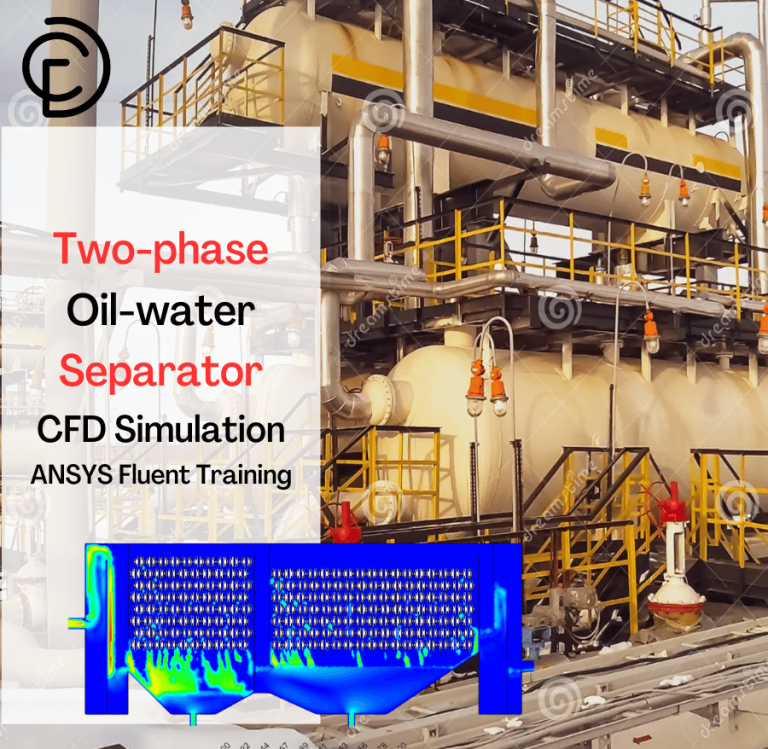
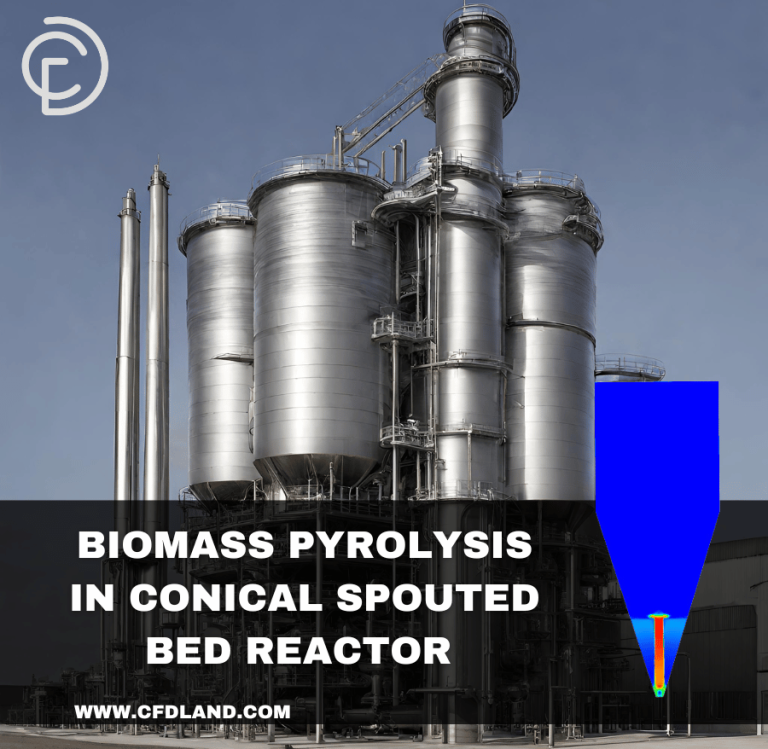
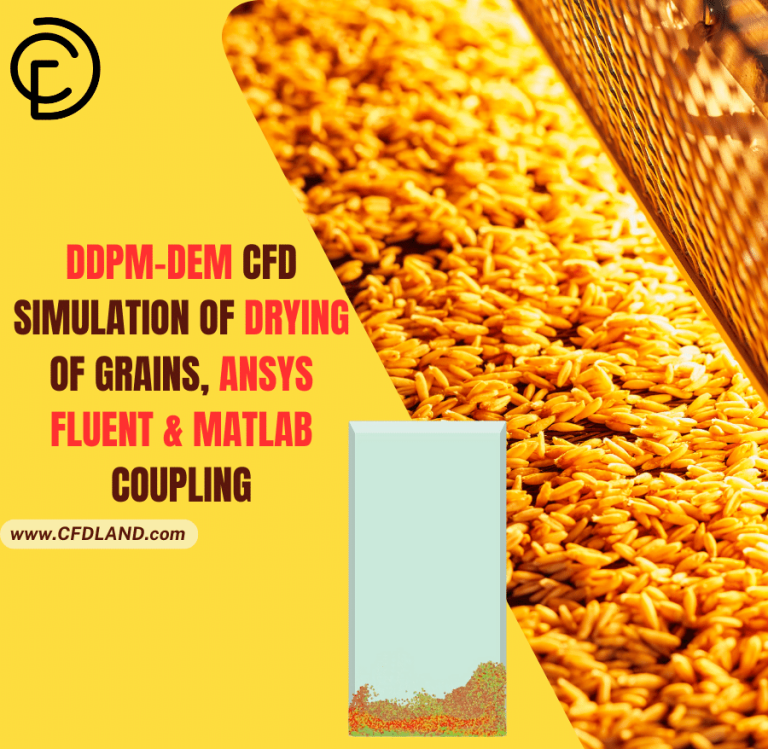
Reviews
There are no reviews yet.